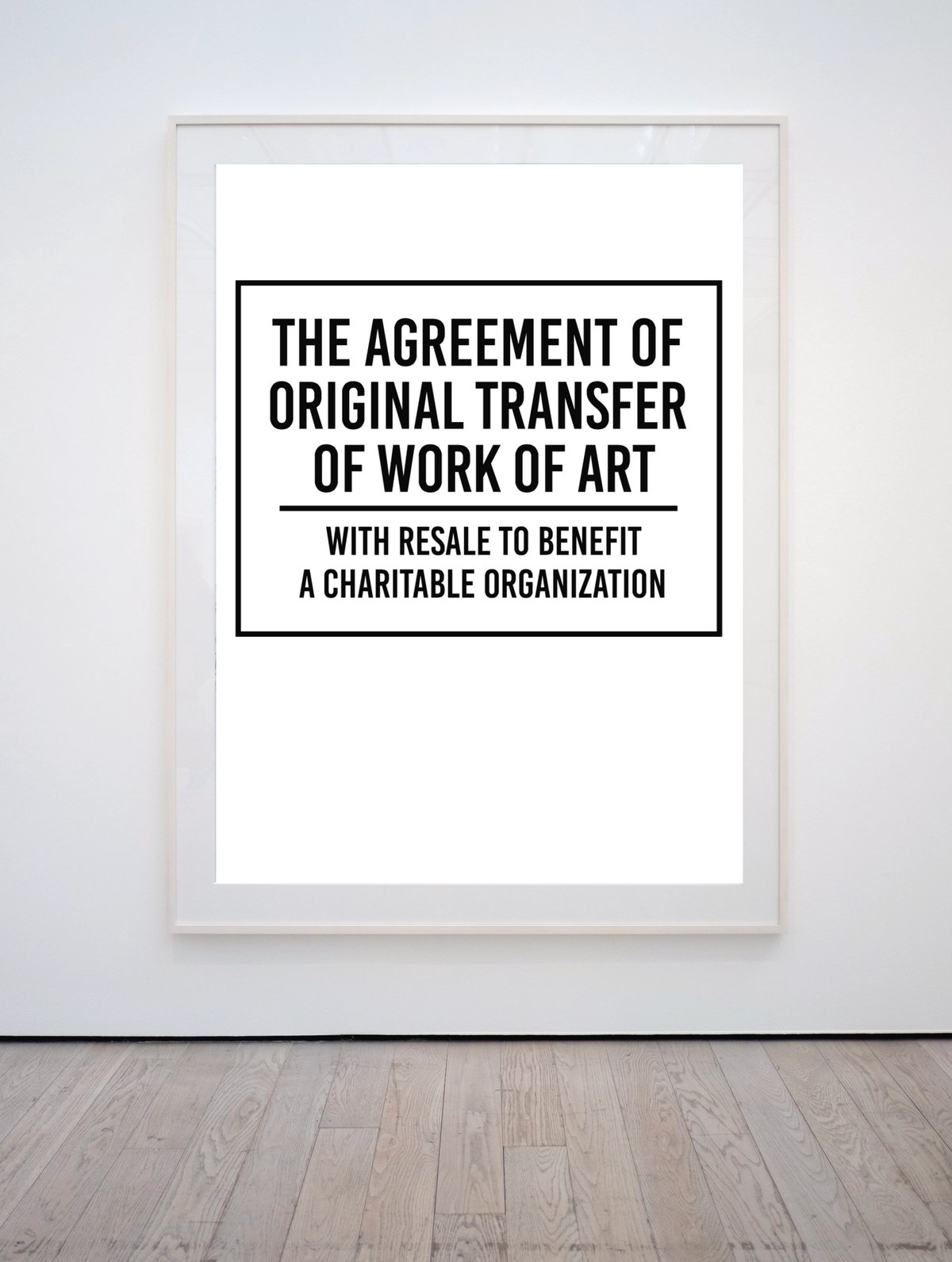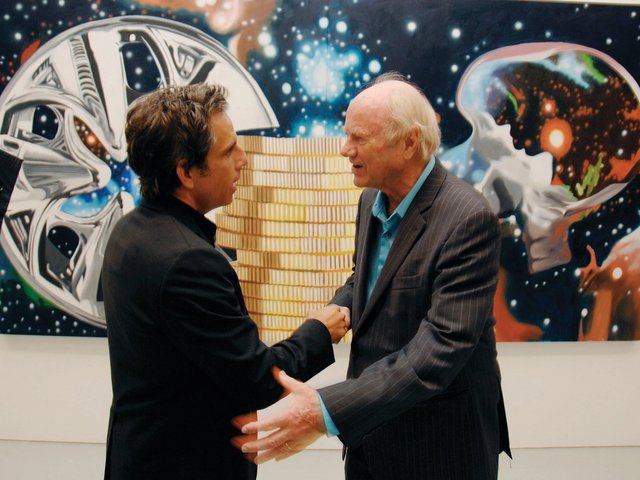More than 70 countries around the world have some form of resale royalty law, also known as droit de suite, that allows for redistribution of a percentage of secondary market sales back to the original artist. But in the US, visual artists have never been guaranteed to receive profits from the resale of their work. California was the only state with such a law on the books but it was effectively struck down in a 2018 court decision. Since then, Joseph Del Pesco, the international director of the foundation Kadist in San Francisco and Paris, has been researching artist contracts and collaborating with scholars, lawyers and artists to come up with a new way to get artists their fair share when the market for their work booms.
After an off-the-cuff conversation with the artist Amy Sherald, who was thinking about how to fund her own non-profit in Baltimore, Del Pesco realised that adding a charitable component to a resale contract would make it useful for artists with foundations and appealing for buyers. “Let’s do some good in the world,” he says of this twist on what is usually a purely commercial contract, noting that the tax write-off creates a real incentive for collectors to follow through on the agreement.
Del Pesco then reconnected with an old friend, Lauren van Haaften-Schick, a curator and writer who was researching this very topic for her PhD dissertation at Cornell University. Along with the art lawyer Laurence Eisenstein, she helped draft a document that designates that 15% of resale profits go to a charitable organisation of the artist’s choice. The agreement is available online at artistcontract.org, and will soon be promoted by Kadist Art Foundation, which works with hundreds of contemporary artists worldwide. Del Pesco hopes the artists connected to Kadist and elsewhere will be interested in using this contract to develop more personal agreements with collectors, and to retain more connection to their works after they are sold. “We love this idea that artists don’t just sell a work and walk away from it,” he says.
There is precedent for such sales agreements. As Del Pesco and van Haaften-Schick discovered in a footnote in Joan Kee’s book, Models of Integrity: Art and Law in Post-Sixties America, the artist Cady Noland applied a sales contract in 1992 on an unnamed work that designated 15% of any resale profit be sent to Partnership for the Homeless, an organisation that still operates today.
The Covid-19 crisis has brought charitable efforts to the fore, and with artists already helping to raise funds for essential workers and people suffering from the effects of the virus through sales of their work, Van Haaften-Schick hopes that a broader normalisation of mutual aid could reach the upper reaches of the art world. “We’re all desperate for more equitable models right now,” she says.
On 20 May, the non-profit fair NADA rolled out a new model for pooling and distributing 40% of sales evenly among exhibitors and their artists, and earlier in the month Frieze New York art fair launched a separate online viewing room dedicated to non-profits, with presenting dealers and artists selecting organisations to support with the proceeds of their sales. Collectors may have a larger than normal appetite for altruism during this pandemic, so Del Pesco believes there is no better time to lock down some resale terms.
Van Haaften-Schick sees this new contract as a way for “something that is meant to be a standard agreement for art sales to become a really imaginative act”. Although historically, “using a contract for an art sale is half a joke” because they are so rarely enforced, van Haaften-Schick says, they are quickly becoming more commonplace.
And with another global recession looming, and millions facing extended unemployment, artists may want to have some agency in their market value. After the 2008 recession, van Haaften-Schick noticed how wealth was re-concentrated, causing her to consider new forms of redistribution within the art world, including through the creative use of legal contracts.
And while she admits that individual contracts might not address the growing wealth disparity in society overall, such agreements are an important step. “We can chip away at the foundation,” she says. “We need to dig it up entirely, and I don’t know what that looks like, but it’s our job to think about it now.”




